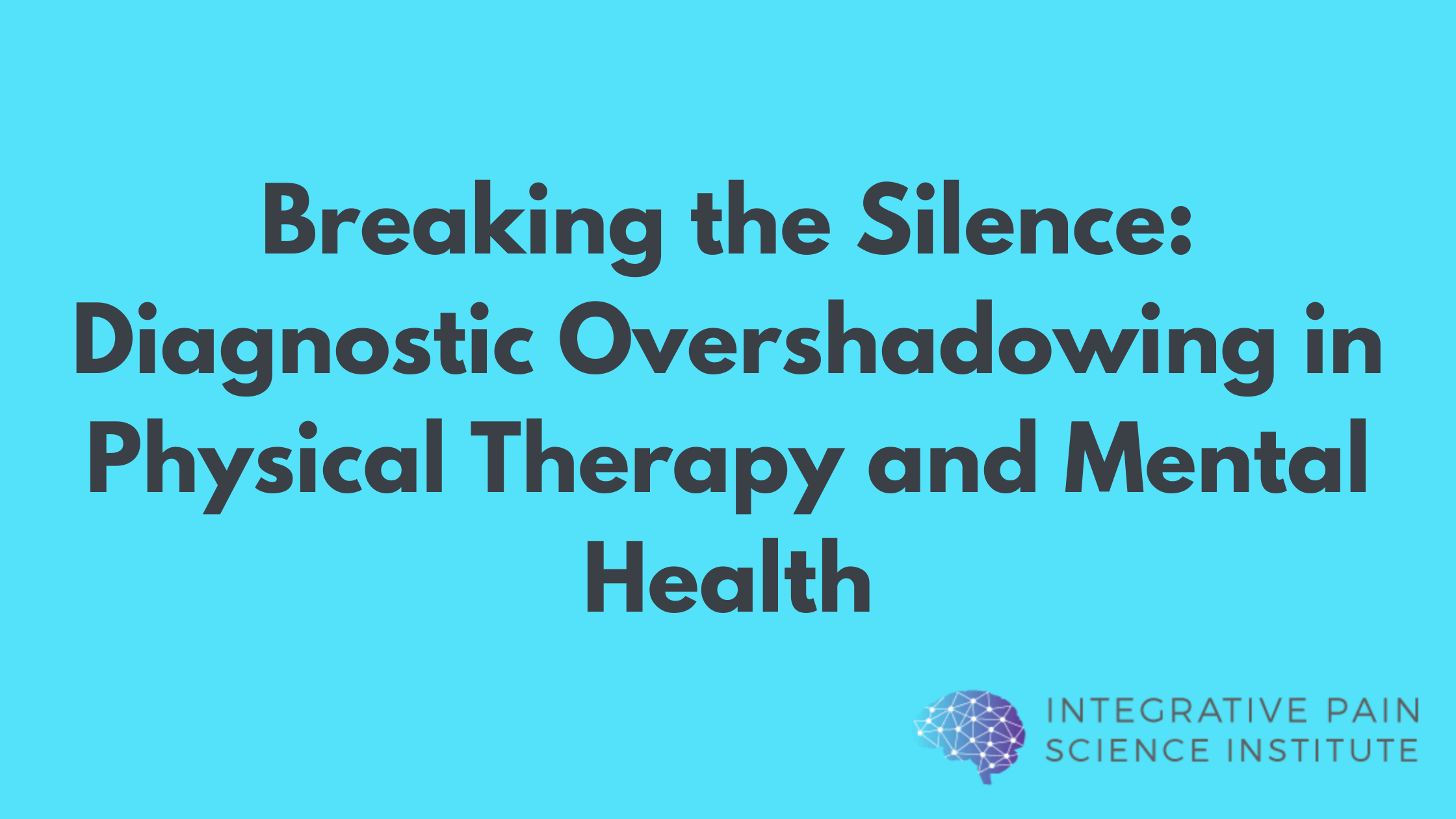Can what we eat influence our level of perceived pain?
Does food play a role in the development or management of chronic pain conditions?
This is Part 1 of a two-part blog that explores the relationship between diet and chronic pain.
With escalating rates of obesity, ill health, and disease in the United States, studies have been conducted that demonstrate the correlation between optimum health and “lifestyle factors.” These factors include level of physical activity, weight maintenance, smoking status, and diet. (1) We know, for instance, that poor diet leads to weight gain and clogged arteries, which leads to stroke, cardiovascular disease, and heart attack– but what do we know about the impact of diet on pain?
The Scientific Link Between Food and Pain
Chronic pain is cited as the most common cause of long-term disability in America, with a staggering 100 million Americans reporting it each year. Though there is currently no standard diet for treating chronic pain, research has shown that anti-inflammatory foods can both prevent the onset and help reduce the discomfort of painful inflammatory conditions. (2, 1)
We often think of inflammation as something that happens after an observed injury. We overdo it in sports, or pull a muscle at the gym, and we feel pain or redness that’s known as inflammation—in that instance, it’s a good thing. Our body is doing its job. Systemic inflammation is, however, an entirely different concern. The inflammatory healing response of a pulled muscle subsides within a few days, whereas systemic inflammation can persist for years, creating tissue damage and causing constant pain in the muscles and joints. Click here for a clear definition of what inflammation is and a list of its symptoms.
Rates of Success with Prescription Medications Are Declining
Although non-steroidal anti-inflammatories (NSAIDs) have traditionally been used to treat many common chronic conditions (arthritis, for example), recent feedback on their negative side effects, as well as patients’ growing dissatisfaction with their results, has forced people to reconsider the nonchalant use of prescription drugs. Instead, practitioners are encouraged to look more seriously at factors such as exercise, weight maintenance, stress reduction, and diet. Consider this: NSAIDs have been estimated to kill more than 16,500 patients per year within the diagnostic categories of osteoarthritis and rheumatoid arthritis alone. (3)
Food for Thought
Certain foods have been shown to cause inflammation, which is linked both to pain in reaction to standalone events and to pain that is exacerbated by chronic diseases. (4, 1) Few scientific studies exist that directly link pain level to specific foods, but considerable research has confirmed an association between diet and the risk of developing certain chronic diseases and medical disorders. Some of these include cardiovascular disease, autoimmune disease, and cancer, all of which adversely affect health and exacerbate pain. (5, 6, 1). Thus, whether food impacts health is not the question; rather, the extent to which it impacts it is our main concern.
Click here for a list of anti-inflammatory foods.
Dr. Tatta’s simple and effective pain assessment tools. Quickly and easily assess pain so you can develop actionable solutions in less time.
How Can Modern Pain Practitioners Help?
Researchers and pain scientists are digging deeper for solutions, and what they’ve come up with is simple, yet profound: chronic pain patients who often feel they are at the mercy of their condition, as well as the drugs taken to treat that condition, can empower themselves to help heal or manage their pain.
A large amount of evidence supporting dietary changes in patients with chronic pain suggests that healthcare practitioners would be wise to consider food choice in their assessment and treatment. Growing research shows that lifestyle choices should not simply complement allopathic treatments, but serve as a first-line response to disease prevention and pain reduction by reducing inflammation. A detailed dietary history offers insight into lifestyle habits that could easily be used to reduce inflammation.
Diet is not an “all or nothing” affair. Unlike fast-acting pharmaceuticals, dramatic benefits of healthy eating can take time—sometimes days, sometimes weeks. But even small, committed changes will bring about lasting results. Suggestions for a healthy diet are seeds that can be planted and followed up with on a regular basis. Plant the seed, provide resources, offer side-effect free alternatives, and offer patient-empowered options of which your clients are unaware.
In Part 2, I’ll discuss the science around certain nutrients that have been shown to positively impact chronic pain conditions.
Do you discuss nutrition with your patients?
We want to hear about your experiences.
Click here to learn how to use nutrition to treat chronic pain!
REFERENCES:
- Tick H. (2015) Nutrition and pain. Phys Med Rehabil Clin N Am, 26:309–320.
- The Good Body. Chronic pain statistics: facts, figures, and research [infographic]. Available from: https://www.thegoodbody.com/chronic-pain-statistics/. Accessed August 3, 2018.
- Singh G. Gastrointestinal complications of prescription and over-the-counter nonsteroidal anti-inflammatory drugs: a view from the ARAMIS database. Am J Ther 2000;7(2):115–121.
- de Punder K, Pruimboom L. The dietary intake of wheat and other cereal grains and their role in inflammation. Nutrients 2013;5(3):771–787.
- Ford ES, Bergmann MM, Kroger J, et al. Healthy living is the best revenge: findings from the European Prospective Investigation Into Cancer and Nutrition—Potsdam Study. Arch Intern Med 2009;169(15):1355–1362.
- Barclay AW, Petocz P, McMillan-Price J, et al. Glycemic index, glycemic load, and chronic disease risk — a meta-analysis of observational studies. Am J Clin Nutr 2008;87(3):627–637.



